The Nature Conservancy (TNC), Atlantis, Paradise Island, and conservation partners have been working collectively to help restore degraded Acropora sp. coral reefs in New Providence while building coral reef resilience. This involves the use of broken but live corals known as “fragments of opportunity” to populate the nursery. Once fragments within the nursery grow to a suitable size, they are then outplanted to selected coral reef sites where they continue to grow and contribute to building a healthy coral reef ecosystem.
What Has Been Done Recently To Reach This Goal?
In March, a dynamic group of 15 young Bahamian researchers and volunteers were afforded the opportunity to join the “coral wave” and participate in a four-day Acropora sp. coral restoration training workshop at Stuart’s Cove Dive Bahamas in Nassau, The Bahamas. Researchers included persons from the Bahamas Environment, Science and Technology (BEST) Commission, individual consultants, Stuart’s Cove, The Nature Conservancy, the Bahamas National Trust (BNT), Bahamas Reef Environment Educational Foundation (BREEF), and volunteers. The training was facilitated by Kemit-Amon Lewis from the Conservancy’s U.S. Virgin Island’s (USVI) Program, who oversees a successful and thriving coral restoration program within the USVI. The goal of the training was to teach researchers how to establish, monitor, and manage a coral nursery.
Classroom activities focused on an introduction to the biology, value of, and threats to corals including different methods used to create coral propagation units (CPUs) to establish a nursery such as using the “block” and “tree” method. Therefore, researchers learned how to construct, deploy, and maintain the CPUs as well as how to collect data on coral progression (photo 1a and b).
Photos 1a and 1b. Workshop attendees participating in coral restoration during classroom and field activities. Photo courtesy of Stuart’s Cove, Nassau, The Bahamas, and Kemit-Amon Lewis (TNC USVI), respectively.
What materials are used to construct your CPUs to develop the nursery? Simple plumbing and building supplies, such as PVC pipes, concrete, rebar, and cinder blocks, are the main components. And what do you need to collect data? A ruler, a clipboard, underwater paper, pencil, and a good eye!
With this knowledge and training, the new coral restoration team was ready to go out into the field. Each person was involved in cleaning the CPUs by removing excess algae as well as snails that feed on coral fragments (photo 2).
Photo 2. Felicity Burrows, Blue Project Coordinator, measuring coral growth. Photo courtesy of Kemit-Amon Lewis (TNC USVI).
Data was also collected on growth (height, width, and thickness) of each coral fragment. This is not a one-time activity! The newly trained “coral wave” team will continue to carry out coral restoration efforts and monitor coral growth.
Join the “coral wave” and help to restore our Bahamian Reefs. Stay tuned for updates!

